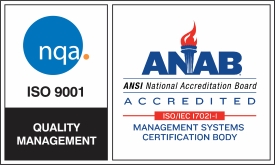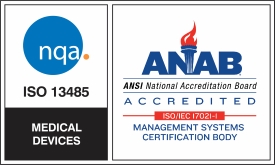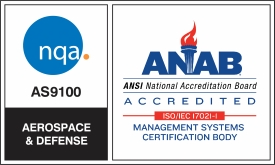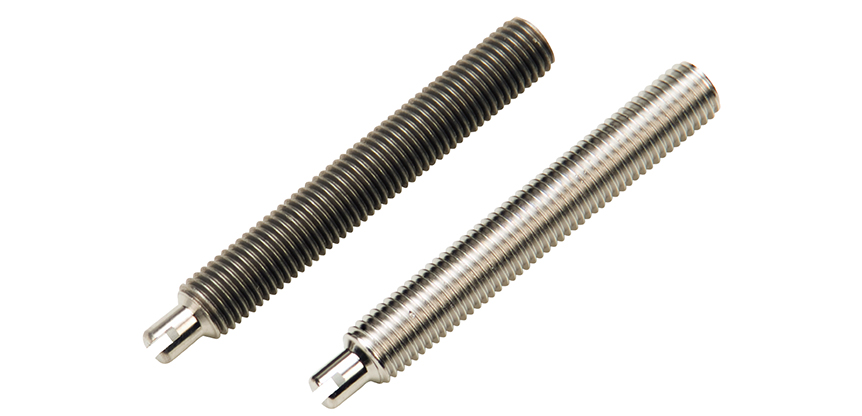When stainless steel is heated, either in a furnace or in a heat-affected zone (such as welding), the colorization that can sometimes appear is known as heat tint. Often times, when heat tint is present, chromium-rich outer layer is formed. This will most likely affect the part’s corrosion resistance over time.
Examining Factors Related to Heat Tint
There is a large number of factors that affect the degree of color change. No single table of color exists that can accurately represent temperature in all cases. The colors appearing can only be used as a suggestion of the temperature to which the steel has been heated. Factors affecting the heat tint colors may include:
Composition of Metal
The most essential single factor having to do with oxidation resistance in steel is the chromium. The higher the chromium, the higher the metal’s heat resistance will be. And consequently, the development of the heat tint colors is will be delayed.
Atmosphere
The level of oxygen available for the oxidation process also affects the heat colors. Typically heating in air (approximately 20 percent oxygen) is presumed. In welding, the efficiency of the shielding gas or electrode coating and other welding factors such as speed can influence the heat tint color formed around the weld bead.
Timing
Laboratory tests done to create metal heat tint color charts have typically been based on heating for about one hour. With additional exposure time, the heat tint colors can be expected to become deeper, making it appear as if a higher exposure temperature may have been used.
Surface Finish
The colors appearing on metal due to heat tint can be an accurate indication of the surface texture. Oxidation and the appearance of the color formed (as well as the rate in which it is formed) largely depend on the original surface finish on the steel. Rough or jagged surfaces have a tendency to oxidize at a higher rate. Because of this, colors can appear darker in a wide variety of conditions. Conversely, the smooth, even surface can also affect the appearance of the heat tint colors formed.
Is Heat Tint Removal Essential?
Some sources might indicate that the removal of heat tint is not always essential. However, the removal of weld heat tint through electropolishing is fundamentally important because it will ensure full corrosion resistance of the finished product. Not only that, but the electropolishing process will help prevent needless service corrosion issues in fabrication weld areas.
If you have further questions about heat tint discoloration, please contact us at Able Electropolishing for more information, and we’ll be happy to assist you.




